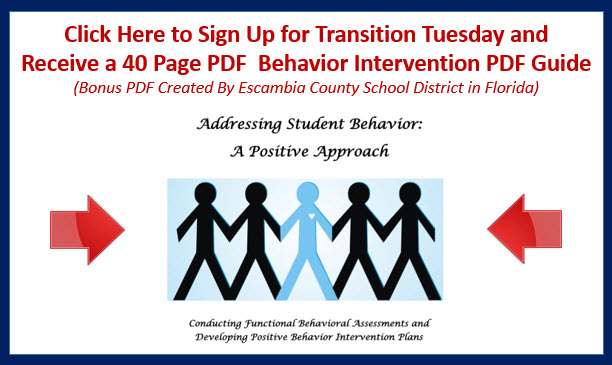
08 Apr Teachers help to prevent juvenile delinquency
All dedicated educators share the desire to help their students become positive and productive members of society. Unfortunately, some students will never reach that goal due to factors including disabilities, family issues, and social/economic struggles. We believe educators make a difference by learning about the problem and implementing solutions to help.
Alarming Youth Crime Statistics
Awareness is the first step in changing anything and most people aren't aware how big the problem really is. Here are some alarming statistics as cited by Wright's Law (2014):
- 70% of children in the juvenile justice system have have been identified as EBD, ED, or SLD
- Children who have been labeled with these disabilities typically fail more courses, miss more school, earn lower grades, and are held back more often
- Only 35% of children labeled as having the EBD/ED diagnosis graduate from high school compared to 76% of peers in the same age or grade
- Children labeled with a EBD/ED disability are 3 times more likely to be arrested before leaving school
- 73% of children labeled as having a EBD/ED disability and who drop out of high school are arrested within five years
- Children labeled with a EBD/ED diagnosis are two times as likely to become teenage parents
- Children labeled with a EBD/ED are two times as likely to live in a correctional program, drug treatment center, youth detention center, or on the street
Statistics, Info, and Proven Strategies
Each week, Ten Sigma creates a free training video as part of a series called Transition Tuesday that includes information and resources about different topics for students with special needs. Check out this short video explaining more statistics, info, and proven strategies to prevent youth crime and delinquency.
Skills that Help to Prevent Teenage Delinquency
Teachers play an important role in helping students with disabilities and preventing teenage delinquency by helping those students to learn and practice the following transition skills:
- Social and emotional skills including self-awareness, social awareness, and relationship skills
- Leadership and accountability skills
- Replacement behaviors and stress management techniques
- Communicating their needs respectfully and appropriately
- Career exploration and work place skills
- Preparing relevant postsecondary goals and implementing an appropriate transition plan
Proven Youth Crime Prevention and Intervention Strategies
On a positive note, prevention and early intervention programs and strategies have shown to reduce the number of students who experience school failure and negative post-school outcomes, lower the odds of at risk students being incarcerated for juvenile crimes, reduce the number of adult “career criminals”, and have proven to be cost effective solutions. Examples of effective programs and interventions include mentoring programs, restorative justice programs, community centers, and programs that involve parents and family members in supporting students.
Important Resources to Help Make a Difference




